Direct aviation support: looking for ways to improve. Part1
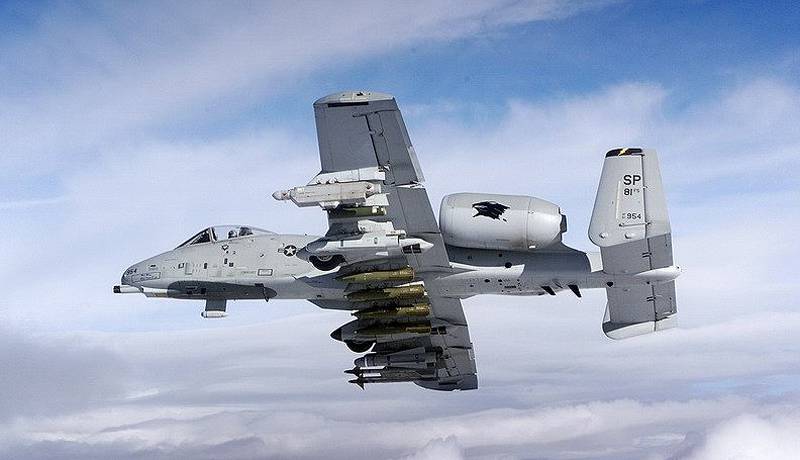
The A-10 attack aircraft of the US Air Force in Iraq and Afghanistan over the past decade have worked out a huge number of combat missions, gaining invaluable experience. In order to develop tasks aviation US Air Force support and after these campaigns are exploring various technologies, including new platforms
With the introduction of modern air defense technologies, the destructive potential of which can even fall into the hands of non-state structures, the most powerful air forces of the world should reconsider their approaches to the most important tasks of direct aviation support.
Honored attack aircraft A-10C Thunderbolt II Fairchild-Republic production of the US Air Force in recent years, several times entered into the "firing list", and several times deleted from it, while the aviation command is still thinking about what will come to change him as a basis for a future direct aviation support (NAP) strategy.
The outgoing chief of staff of the United States Air Force believes that the purchase of a replacement for Thunderbolt, designated A-X2, will occur fairly quickly with sufficient funding. “We do not think that it will take a lot of time,” said General Mark Welch, “we believe that there will be no particular difficulties with the development.” He added that any new platform will be “optimized for combat space with low and medium threat levels, and not for a combat zone saturated with advanced air defense systems.”
“We need to continue to act for less money in the same way that we are fighting right now against insurgents,” he added. “Even the A-10 fighter flight hour costs 19-20 thousands of dollars. Let's find something with the cost of a 4-5 flight hour thousand dollars, with more firepower, and it will be exactly what you need. "
The cost of the flight hour of the A-10 attack aircraft can be halved if the US Air Force chooses a platform with an increased range, which, according to analysts, can cost at least 50 millions of dollars from the aircraft plant. However, based on such low operating costs as proposed by General Welsh, from the point of view of most analysts, the choice will be limited to light training aircraft and single-engine turboprop aircraft. The new aircraft with such a price tag will not have the carrying capacity and flight duration of the upgraded A-10 (X), so the Air Force is most likely forced to study ready-made options in the class of light attack aircraft, for example, EMB-314 Super Tucano from Embraer, AT-6 Texan II from Beechcraft, M-346 Master from Alenia Aermacchi and T-50 Golden Eagle from Korean Aerospace Industries.
Wartime decisions
Lieutenant General Mike Holmes, the Deputy Chief of the General Staff for Strategic Planning of the Air Force, noted that it took the Air Force more than ten years to become the “military aviation of the NAP” to support ground forces in operations in the Middle East and Central Asia. “I am one hundred percent sure of the capabilities of the NAP that the air force has now,” Holmes said.
“For a start, we trained the crew of almost every platform in joint NAP techniques, so they can participate in the fighting,” said General Holmes. “We have upgraded almost every platform with modern sighting systems, so now they can see the battlefield and accurately direct their weapons.” In addition, the US Air Force installed new radio stations on combat aircraft; now, pilots can communicate with commanders on the ground, in some cases to the level of a platoon and squad. The NAP, which is defined as “firing from the air when its troops are in close proximity to targets”, needs close coordination of air support from the air with ground units, therefore all this work was carried out to make the aircraft non-traditional for NAP more effective in these tasks.
In addition, since the recent wars in which the US Air Force engaged NAP were characterized by the presence of their forces mixed with the enemy and civilians, “almost every bomb dropped on Afghanistan from the very beginning of the invasion was coordinated by the commander on the ground, and therefore, according to Holmes, requires a very high level of coordination.
“In order to do this, we used a whole range of tools, forces and technologies. To be able to do this, you need to think about the crews, air communications officers who work with ground forces and advanced airborne gunners, as well as training and tactics. ” General Holmes asserts that the entire air force fleet of fighters and bombers was prepared for the tasks of the NAP. "We have refined them into platforms that are very effective in this setting."
An aeronautical instructor instructor and a student from the Nevada Training Center transmit the target coordinates to an Apache AH-64D helicopter. This center hosts instructor courses that teach tactical weapons techniques.
Right weapon for theaters
General Holmes noted that the Air Force and the ground forces "are moving in the direction of digital communications when you can transmit something without talking to each other." When operating in close proximity with the enemy and civilians, reliable communication is very important.
As for weapons, here the US Air Force is also introducing innovative technologies. As an example, Holmes cited the most efficient aircraft - the newest F-16 Fighting Falcon manufactured by Lockheed Martin, which is armed with a high-precision weapon system APKWS (Advanced Precision Kill Weapon System) from BAE Systems. A small laser-guided missile in a hanging container hits targets with surgical precision (especially weddings and funerals, approx. Lane). APKWS turns a standard 70 mm unguided rocket into a high-precision laser-guided weapon at the price of a standard smart ammunition. “You can hang it under F-16 or Boeing F-15E [Strike Eagle]. This is a precision weapon that has the same capabilities as the A-10 with its gun. "
Laser-guided missile APKWS produced by BAE Systems
According to Holmes, the research laboratory of the Air Force and other laboratories also conducted experiments with various new NAP technologies. “Part of our research and testing in the field of NAP is held in close cooperation with other branches of the military. We are also looking for ways to increase the power of weapons. A-10 relies on its cannon with a couple of thousand projectiles, but we are considering several options for increasing fire power. ”
In addition, the US Air Force is looking for ways to improve the training of advanced aviation gunners in simulated combat conditions. General Holmes noted that the improvement of joint training, both with other branches of the troops and with allies, is very important for developing the capabilities of the NAP. “Everyone needs the same techniques, so that F-16 can let you know when the Marines unit is in a difficult position and at the same time they know how to talk to each other and how to keep in touch. There is some room for maneuver and the algorithms of action may differ slightly, but you want to do more or less the same. "
This year, the US Air Force is organizing an NAP integration group at Nellis airbase “with the goal of developing and improving the experience of integrating the NAP at the tactical level. It will implement the NAP technologies in the air force so that they become an integral part of our aviation culture. Someday, A-10 will be decommissioned, so we want to be sure that we will not lose the experience and knowledge that we had. ”
According to Holmes, when the group starts work in the first quarter of 2017, it will work mainly with F-16 aircraft. “Ultimately, she will take on Lockheed Martin’s F-35 aircraft to ensure that these aircraft have the necessary tools and pilots to have experience of participating in the ANC of the future battlefield. The advanced gunners and F-35 were already working together at the Nellis air base and the Marine Corps was satisfied with the capabilities of the F-35B NAP.
Like other senior Air Force officers, General Holmes makes no secret of the fact that the A-X2 aircraft specialized for the NAP is also being considered. “We are considering two possible platforms or types of platforms. Let's see how long it will take, and what characteristics we would like to have on an experimental aircraft that takes the place of an A-10 aircraft. ” He said that although the program is competing two new projects, but ready-made options are also being considered.
The US Air Force is preparing to decommission the A-10 aircraft and at the same time study new technologies for the tasks of the NAP
NAP aircraft
Full range of features
General Holmes also noted that A-10 and an aircraft similar to it will not be able to operate in an unfavorable environment for the task. “In the future, we should think about the whole set of combat conditions in which we could act. Everything, starting with the easiest combat conditions in counter-terrorism missions ... in places like Yemen. These are zones with a minimally threatening situation in which it is possible to work without much stress; there is no single air defense, ground forces are very poorly protected, so you can fly wherever you want and do what you want. Next, we proceed to what we call the challenged space, where your opponent may not be so helpless, and therefore you must adapt to ground guns or man-portable air defense systems. And now we are moving to a high-risk combat space, where there is a complex air defense system, which moves together with ground forces. There are radars, infrared devices, electronic surveillance, ground-to-air missiles, that is, a whole range of possibilities. This is the most difficult space in which to act. ”
However, General Holmes acknowledged that a low level of threats is preferable to the NAP. “Perhaps we would call this poorly contested combat situation the most frequent. For the most dangerous conditions you need to have some opportunities to act. That is, the art here is how much of your strength you use to act in the least likely, but the most dangerous situation? And how much of your strength and capabilities will you spend on actions in non-hazardous, but most common places? ”
The need to focus on the whole spectrum is due to the fact that the United States has dealt with less powerful adversaries in the past decade. "You need to prepare for a competitive combat space, because we left the world where we did not face an equal opponent ... we worked against very low level threats and now we have to think and plan possible operations against someone who has capabilities close to ours ".
When asked how the NAP will be conducted in combat space with serious threats, Holmes replied that the Air Force “is counting on the tasks of the NAP with network weapons, which will allow the gunners to use weapons outside the enemy’s reach. The advanced gunner will point the weapon and change coordinates as it flies to the target. ”
The non-zero probability of a possible collision with an advanced rival forces the US Air Force to make decisions more quickly on new platforms. “Another thing is the transition to the world with an equal rival or rivals. As long as we do not stand face to face, we can push the line of confrontation as far as possible into the future, as we want and are looking for a sharp and revolutionary increase in opportunities. All this is of course good, meticulous development and refinement of the F-22 or F-35 over 25 years. But when you compete with an almost equal opponent, you need to move faster. " Therefore, aviation will use any program on A-X2 in order to reform the development and procurement of weapons. “We use this A-X2 program to refine our procurement process to increase the speed of execution,” Holmes continued. “The most acceptable time for us is five years.” The new aircraft will be able to work in a favorable combat situation "right up to the approach to a space saturated with threats." A complex combat space will require the use of a fifth generation aircraft to break through the modern air defense system.
According to Holmes, one of the features of A-X2 will be its efficiency from an economic point of view. He did not name the target cost that was planned, but said that the plane would be able to take off from less prepared runways and would not be dependent on advanced ground support equipment. In addition, the Air Force wants it to carry a variety of weapons. "We hope to publish the draft document and give the industry the opportunity to introduce new ideas into it."
Продолжение следует ...
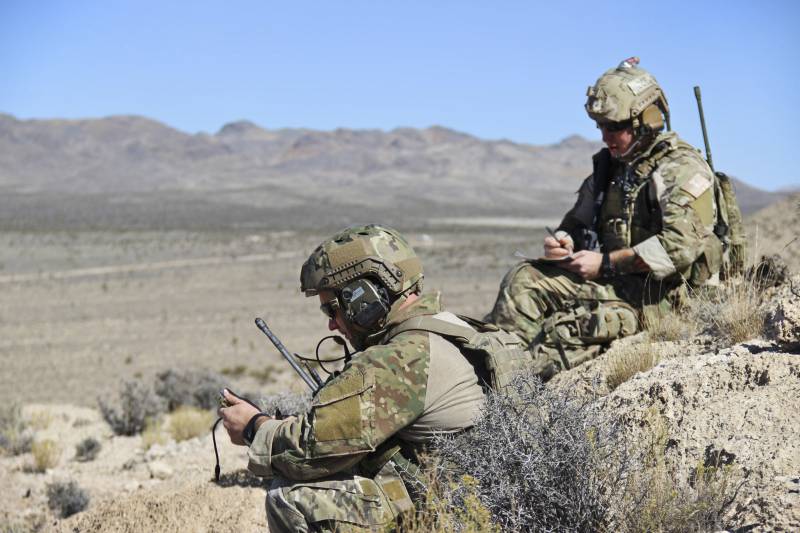
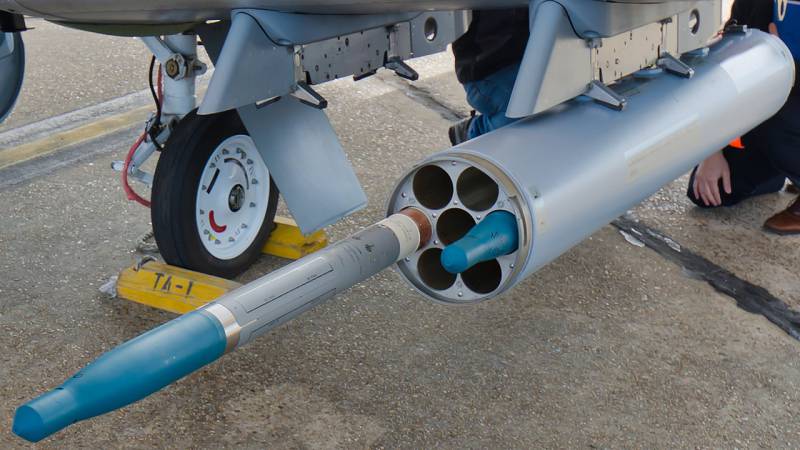
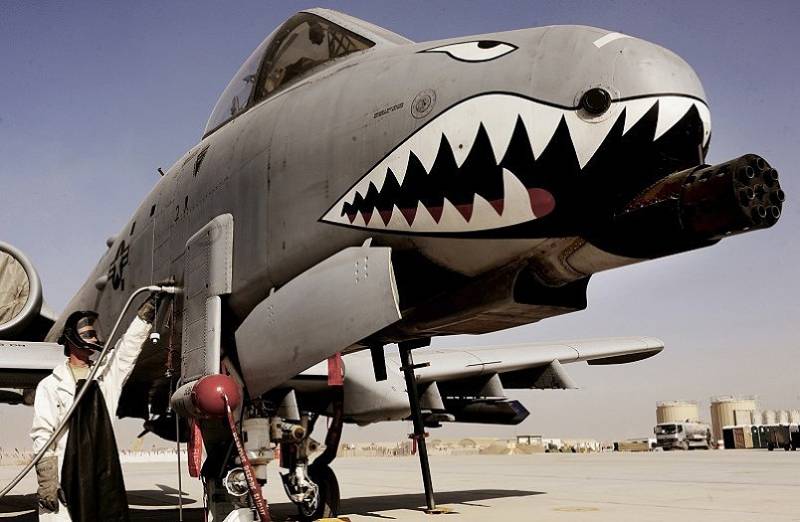
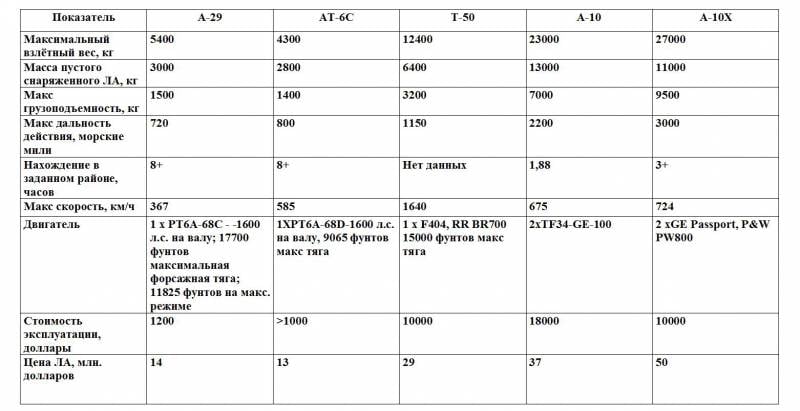
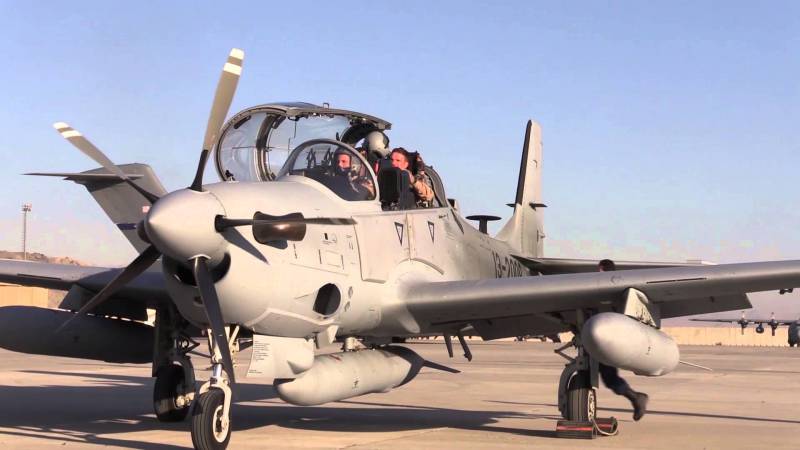
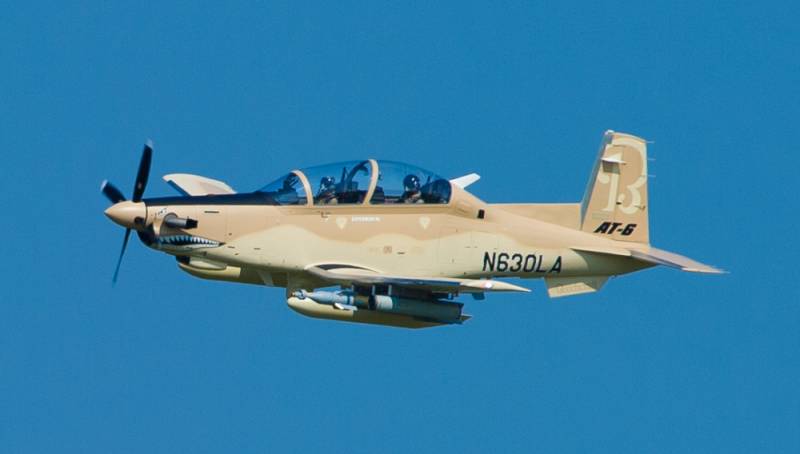
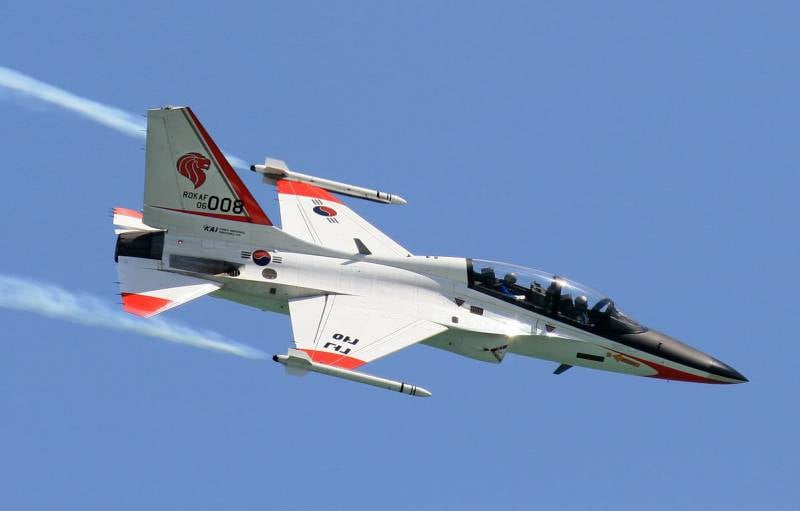
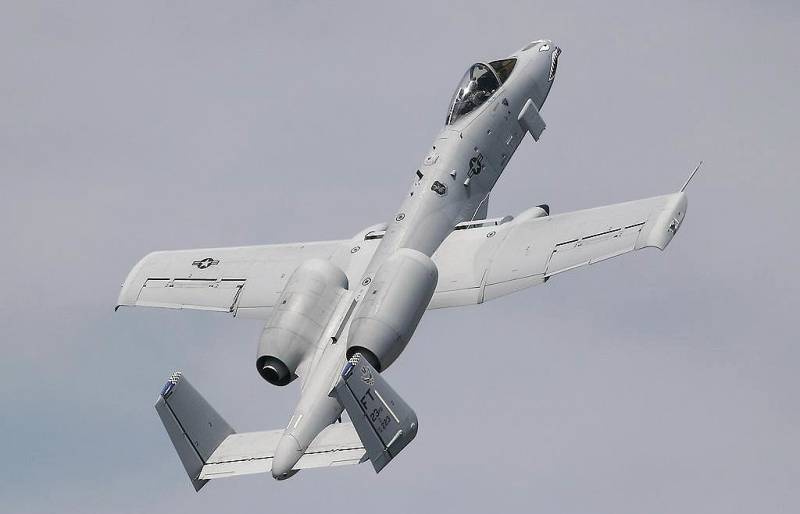
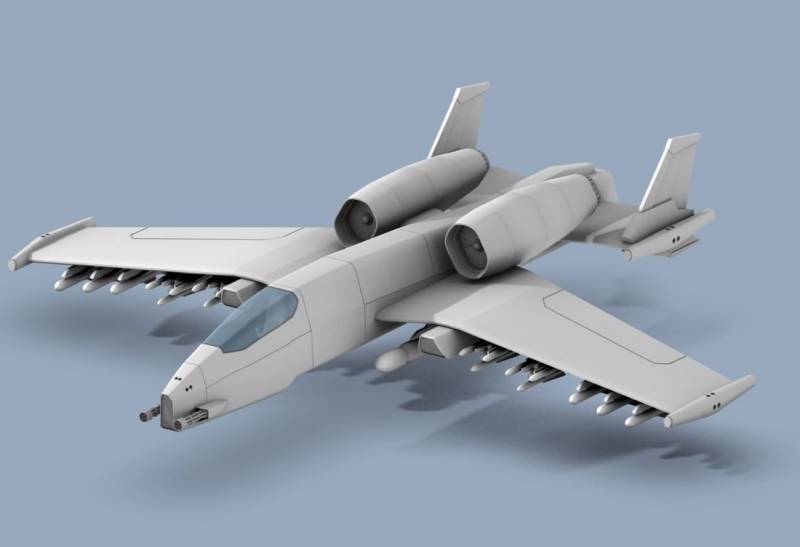
Information